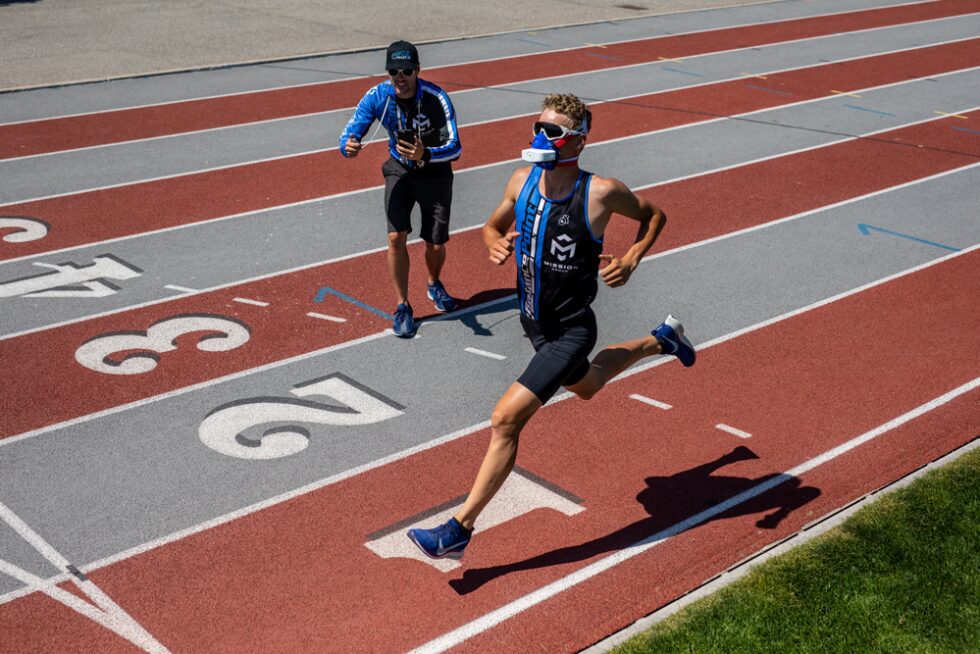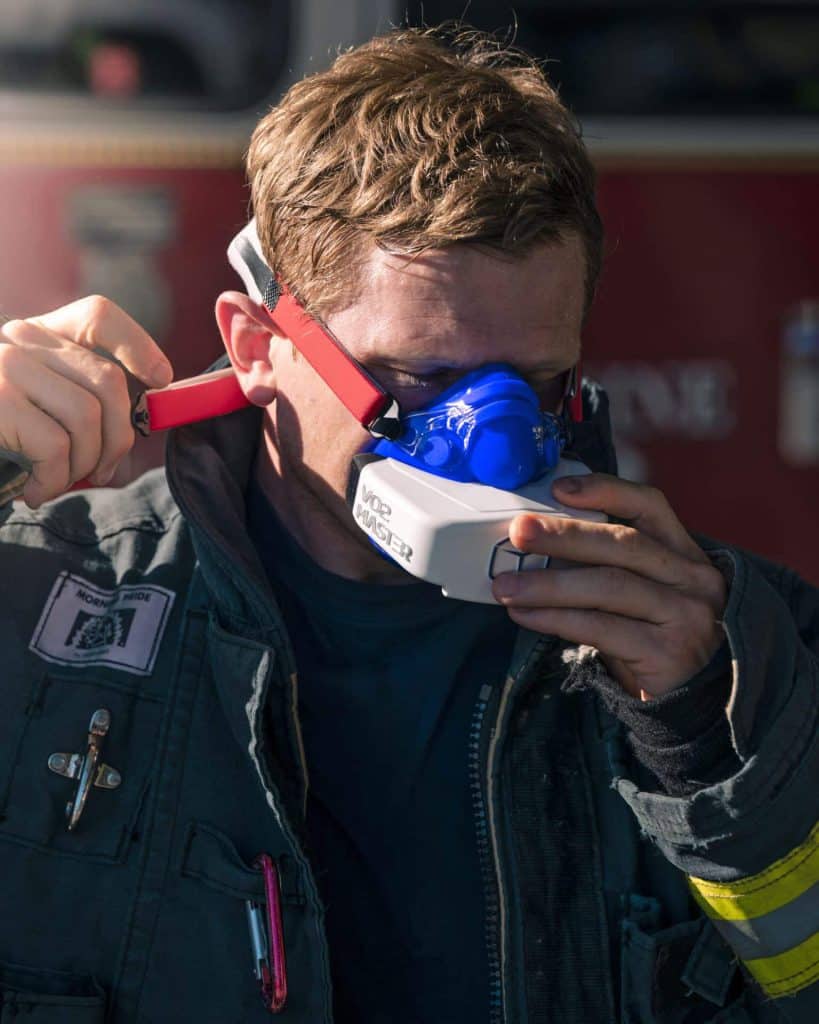The Three Major Physiological Factors that Predict Elite Endurance Performance
Elite level endurance performance is thought to be dictated by a combination of an athlete’s VO2max, metabolic threshold, and efficiency/economy. This combination results in the ability of the athlete to maximally uptake and utilize oxygen, while maintaining energy homeostasis aerobically at high exercise intensities, with an efficient transfer of energy from chemical to mechanical means.Continue reading "The Three Major Physiological Factors that Predict Elite Endurance Performance"

Elite level endurance performance is thought to be dictated by a combination of an athlete’s VO2max, metabolic threshold, and efficiency/economy.
This combination results in the ability of the athlete to maximally uptake and utilize oxygen, while maintaining energy homeostasis aerobically at high exercise intensities, with an efficient transfer of energy from chemical to mechanical means. Essentially, if the human body were a car, VO2max would dictate the size of the aerobic engine, threshold values would set the speed /point where the aerobic engine begins to redline, and efficiency would dictate the fuel economy. While not a perfect metaphor, this idea takes into account the vast majority of the components responsible for elite endurance performance. Although, numerous other factors play a role in performance, the three aforementioned determinants will be discussed.

Maximal Oxygen Consumption (VO2max)
VO2max is the maximal rate of oxygen consumption that can be achieved during intense full-body exercise. Low VO2max values have been implicated in an increased risk of all-cause mortality but high values are also a prerequisite for high achieving endurance athletics. VO2max sets the ceiling for the amount of oxygen that can be taken up and utilized during exercise. The greater the amount of oxygen that can be transported in the blood and transferred to the skeletal muscle during exercise the greater the potential for energy to be derived by aerobic means in the mitochondria. However, once the intensity of exercise exceeds the bodies’ ability to derive energy from oxygen, a finite amount of time exists in which that intensity can be maintained.

Metabolic Threshold
The intensity of exercise that elicits a continued, sustained deviation from bioenergetic homeostasis is the fatigue or metabolic threshold. Above this threshold exercise intensity can only be maintained for a finite amount of time. Typically, this occurs because the skeletal muscle mitochondria (the organelle responsible for aerobic adenosine triphosphate (ATP) production) can no longer adequately produce ATP to keep up with the energy demands of the exercise being completed. This results in a higher reliance on the skeletal muscle on non-aerobic/anaerobic means of energy production from substrate-level phosphorylation. From a whole-body perspective, this shift produces measurable increases in lactate concentrations in the blood, and/or changes to ventilatory patterns.

Economy/Efficiency
The final predictor of performance is the body’s ability to translate energy from chemical to mechanical means (i.e. movement). Remember, the law of conservation of energy dictates that energy cannot be created or destroyed, it can only be transferred. Chemical energy is synthesized in the body as the primary biological energy currency, ATP. ATP provides a phosphorous bond that, when broken, releases stored energy. The breakdown of ATP provides the energy necessary for skeletal muscle contraction to occur. However, much of the energy contained in this bond is lost as heat. Essentially, the less energy that is lost as heat, the more energy that can be used for movement resulting in higher economy values. Therefore, athletes with a higher exercise economy can use less ATP allowing them to maintain higher speed/power.
The combination of an athlete’s VO2max, metabolic threshold, and the economy is thought to primarily predict endurance performance. Experimentally, the estimation of all of these values can be done through a device that tracks speed or power (i.e. a treadmill or cycle ergometer) and a metabolic cart/device that measures expired gases. In the upcoming blog posts, I will dive deeper into all three of these variables and explain the experimental best practices for measuring each.
Interested in learning more about how the VO2 Master Analyzer can help you achieve your optimal performance? Contact us today!
Phone: +1 (833) 862-6787 | Email: info@vo2master.com
